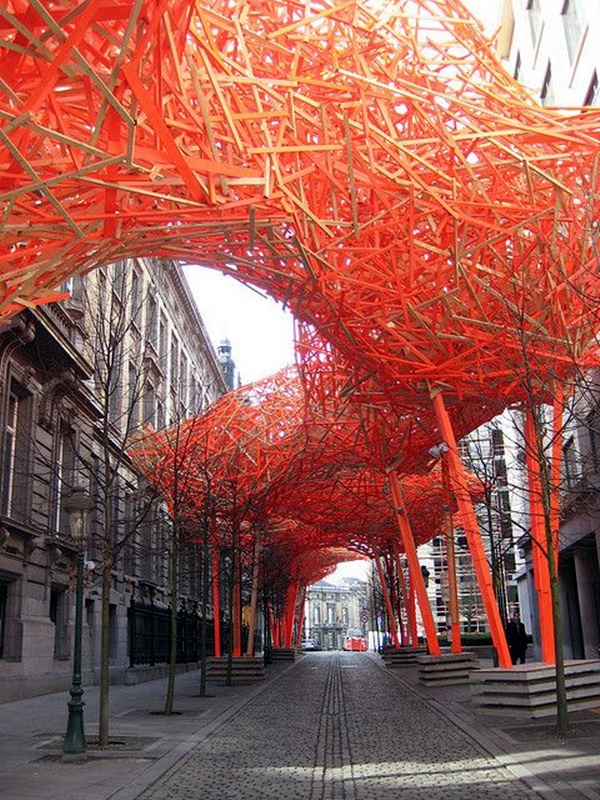Paste-ups, also known as wheatpaste posters or street art installations, have become a popular form of expression in urban environments around the world. These large-scale artworks are created by pasting printed images onto walls, buildings, and other public surfaces using a mixture of flour and water-based paste. Paste-ups can vary in size from small stickers to massive murals that cover entire facades.
The origins of paste-ups can be traced back to the 19th century when commercial advertisements were posted on city walls using wheatpaste. Over time, artists began using this medium as a means of conveying social commentary, political messages, and personal expressions. Today, paste-ups have evolved into a diverse art form that showcases a wide range of styles and themes.
One of the appeals of paste-ups is their accessibility and democratic nature. Unlike traditional galleries or museums, which can be exclusive spaces for art consumption, paste-ups exist in the public domain for anyone to see and engage with. This aspect allows artists to communicate directly with the community without intermediaries or gatekeepers.
Another factor that contributes to the popularity of paste-ups is their impermanence. Due to the temporary nature of these installations, they are subject to weathering, vandalism, or removal by authorities. This ephemeral quality adds an element of excitement and urgency to viewing paste-up artworks since they may not be there for long.
In recent years, cities like New York City, London, Berlin, Melbourne, and Sao Paulo have become hotspots for paste-up culture. Artists from diverse backgrounds have embraced this medium as a way to reach wider audiences beyond traditional art spaces. Some well-known figures in the street art scene who have utilized paste-ups include Shepard Fairey (known for his iconic “Hope” poster), Swoon (renowned for her intricate paper cutouts), and Invader (famous for his pixelated mosaic designs).
The process of creating a paste-up typically involves several steps: designing the artwork digitally or by hand; printing it out on paper; mixing wheatpaste (or other adhesive) with water until it reaches a smooth consistency; applying the adhesive onto both the wall surface and backside of the print; carefully placing the print onto the wall while smoothing out any air bubbles or wrinkles; allowing time for drying; and finally sealing it with additional layers of varnish or protective coating.
While many artists choose to create their own original designs for paste-up installations, others opt to use pre-existing images sourced from various media sources such as vintage magazines, newspapers, photographs found online or personal archives. Regardless of approach – whether collaborative or solo – each artist brings their unique perspective and style to transform mundane cityscapes into vibrant outdoor galleries.
Beyond artistic expression alone though lies deeper meanings within many Paste-Ups that go beyond just being visually appealing pieces placed around town centers across countries worldwide – sometimes even offering social commentary through satire reflecting current issues faced globally today including environmental degradation due excessive consumerism plus conflicts arising between different socio-economic groups struggling over power dynamics plaguing societies everywhere nowadays too!
Moreover these works often serve dual purposes such spreading awareness about certain causes whilst beautifying otherwise dull locations making them more inviting places where people enjoy spending time admiring creativity all while potentially sparking conversations amongst passersby leading greater understanding world we inhabit together daily lives full challenges opportunities alike shaping future generations come!

Leave a comment